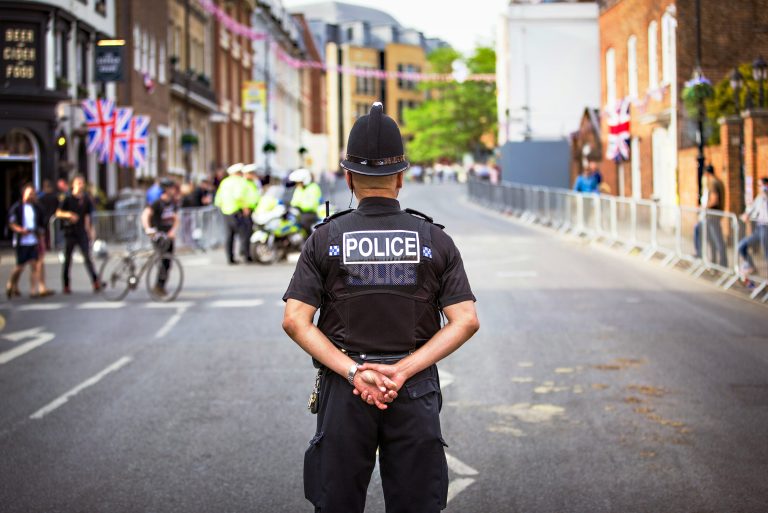
Youth safety work often involves a patchwork of initiatives: schools running anti-bullying campaigns, police organising community knife amnesties, councils funding mental-health programmes, and charities offering youth mentoring. All valuable. Yet without a central point for sharing knowledge, these efforts can lack cohesion.
The result?
Duplication of work—several agencies creating similar resources in isolation.
Missed opportunities—programmes that could complement each other never connect.
Inconsistent messaging—young people hear mixed advice depending on where they seek help.
The Youth Safety Matters digital magazine is more than an information source—it’s a platform for joined-up action. It offers a space where education professionals, local authorities, law enforcement, and youth organisations can access the same data, case studies, and safety strategies.
For education:
Teachers and safeguarding leads can draw on the magazine’s articles, case studies, and conversation starters to enrich PSHE lessons, assemblies, and pastoral care. Seeing how other schools in the region address the same challenges can spark collaboration rather than competition.
For local government:
Youth safety isn’t just a policing issue—it’s a community wellbeing priority. Councils can use the magazine to understand what’s happening on the ground, track trends in local risks, and connect with organisations tackling similar issues in neighbouring boroughs.
For police:
Frontline officers benefit from youth-focused insights, understanding the pressures and influences shaping young people’s choices. The magazine can highlight success stories from community policing, show examples of early-intervention projects that work, and even give officers a direct channel to promote safety initiatives.
For local charities and youth organisations:
These groups often hold the most direct relationships with at-risk young people. Youth Safety Matters can amplify their voices, share best practice, and signpost young people to their services—boosting reach without expensive marketing campaigns.
The magazine’s design supports multi-agency working by including:
Local case studies showing how different agencies tackled a safety challenge together—offering templates for others to follow.
Shared statistics that everyone can reference in grant bids, reports, and policy discussions—ensuring all partners are working from the same evidence base.
Practical toolkits for schools, youth centres, and community groups—so every partner can deliver the same safety messages in their own settings.
Contact directories that help organisations and agencies find and connect with each other.
One of the biggest challenges in youth safety work is silo thinking. Schools focus on education, police focus on crime prevention, councils focus on service delivery, charities focus on support. By reading and contributing to the same shared resource, these sectors gain insight into each other’s work. That builds empathy, mutual respect, and the conditions for genuine partnership.
As one youth worker in Manchester put it after a multi-agency project:
“Once we realised we were all trying to help the same young people, it became obvious we needed to speak the same language. Shared resources like this are the dictionary we’ve been missing.”
When every organisation is armed with the same knowledge, language, and priorities, their individual efforts become a coordinated campaign. Youth Safety Matters ensures that whether a young person is in a classroom, a youth club, a community event, or speaking to an officer on the street, they hear the same consistent, clear safety messages.
In a time when youth safety is under pressure from rising knife crime, online exploitation, and mental-health challenges, the ability to act together is more than a bonus—it’s a necessity.
Youth Safety Matters isn’t just a magazine. It’s the meeting place where schools, councils, police, and youth organisations can align their efforts, speak with one voice, and stand together to protect the young people of our communities.


